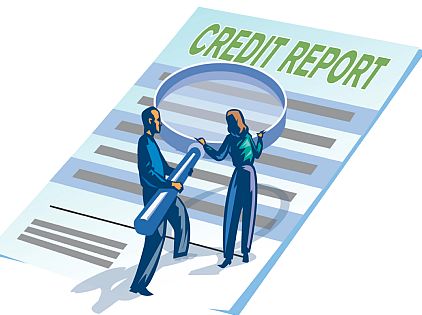What can you do if you’re wanting to buy a home and looking at a FICO score that is below 620?
Well, people with poor credit can still get a mortgage, but they will pay far more than even those with credit scores on the margin.
If you’re having problems and looking for avenues, your best bet is programs available through U.S. Department of Housing and Urban Development and the GSEs, Fannie Mae and Freddie Mac.
Do your homework on credit repair and other private services — shady and dodgy operators are like bottom feeders, looking to prey on those who are more desperate and who aren’t financially savvy, which is how they see people with damaged credit.
If you’ve already had housing problems, guidelines from HUD and others advise waiting at least two years after a short sale, so long as credit after the short sale is good.
Here are some key things you can do.
1. Refinance ASAP
A bad credit mortgage may seem like the borrower is signing away their life on a bad deal, but so long as the borrower maintains their credit after the mortgage is signed, they can be eligible to refinance for a much better deal within two years, and their credit will have improved.
In short, a bad credit mortgage is a short-term solution that gets them in a home. It’s important to bear in mind that bad credit needn’t follow the borrower longer than necessary.
2. Ask about options
The 30-year mortgage is a popular choice, but maybe not the right one if the borrower’s credit is weak. Adjustable rate mortgages are also a possibility, depending on the circumstance, during which time the borrower can work on repairing and maintaining their credit while paying at a lower interest rate than are offered on fixed-rate mortgages.
Many people who had their credit torn up in the recession were not the typical bill skippers. They were hard-working, responsible people whose world was upended through layoffs, downsizing, the loss of contract work, and a dozen other legitimate reasons.
3. Get a co-signer
Many have some other assets, or have family members who are responsible. These people may be willing to co-sign. Federal Housing Administration rules allow for a co-signer on loans.
Even with these steps, there are other avenues. The government is once again expanding access to credit in an effort to capture a wider audience by making homeownership more available through Fannie Mae’s latest updates.
In the spring, Fannie Mae launched a new program aimed at attracting more first-time homebuyers — by taking over that responsibility as well.
Fannie Mae announced the HomePath Ready Buyer program, under which qualifying first-time homebuyers can receive up to 3% of the purchase price of the subject property in closing cost assistance toward the purchase of a HomePath property.
On a $150,000 home, this could result in up to $4,500 in savings for the buyer, Fannie said. In addition, Fannie Mae will reimburse the $75 cost of the homebuyer education course at the time of closing.
“Purchasing your first home can be an overwhelming process,” said Jay Ryan, Fannie Mae’s vice president of REO sales. “We developed the HomePath Ready Buyer program to provide first-time homebuyers with the knowledge to make informed decisions as they navigate the complexities of the home buying process. Closing cost assistance provides a cushion many first-time buyers need to more confidently face the financial responsibilities of homeownership.”
To receive the 3% rebate, homebuyers must complete an online homebuyer education course.
Another offering that came in September was the HomeReady mortgage. The new HomeReady mortgage that will replace MyCommunityMortgage, Fannie’s previous affordable lending product.
The latest product is designed to help creditworthy borrowers with lower and moderate incomes access an affordable, sustainable mortgage.
“HomeReady will help qualified borrowers access the benefits of homeownership with competitive pricing and sustainable monthly payments,” said Jonathan Lawless, vice president for underwriting and pricing analytics at Fannie Mae.
Above all, check with HUD, FHA, the FHFA, Fannie Mae and Freddie Mac for information on pathways to homeownership for those who have damaged credit.


